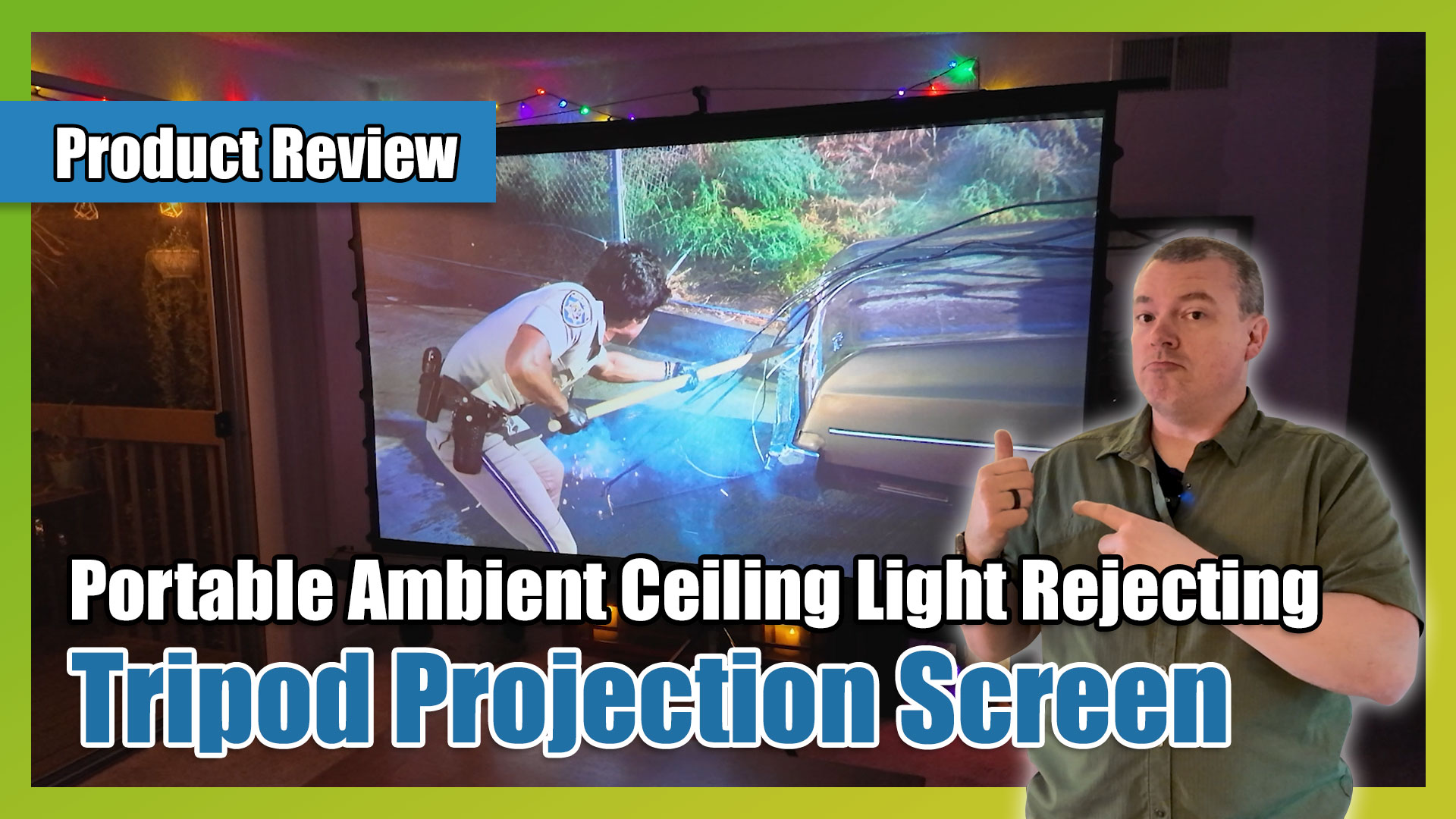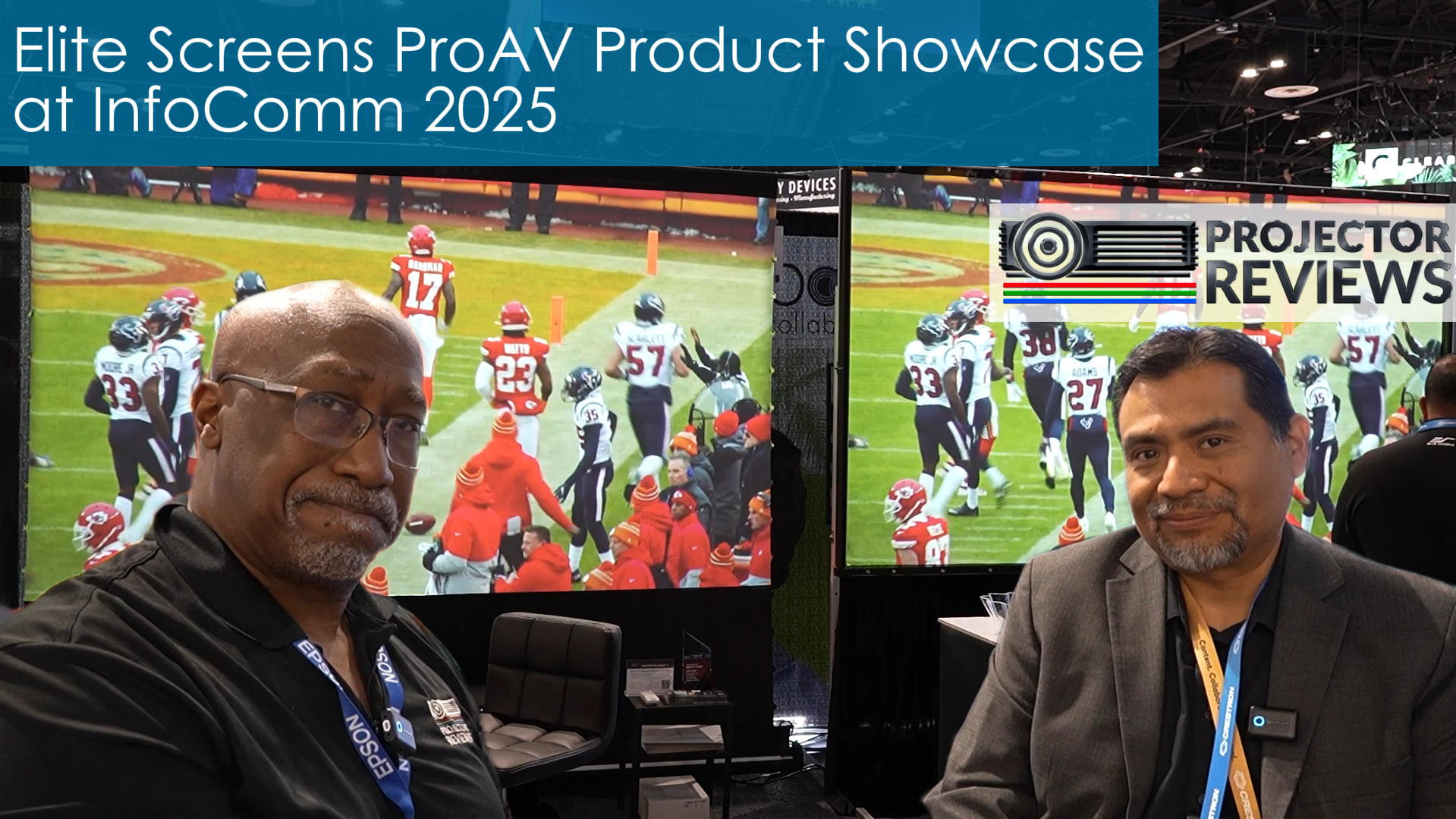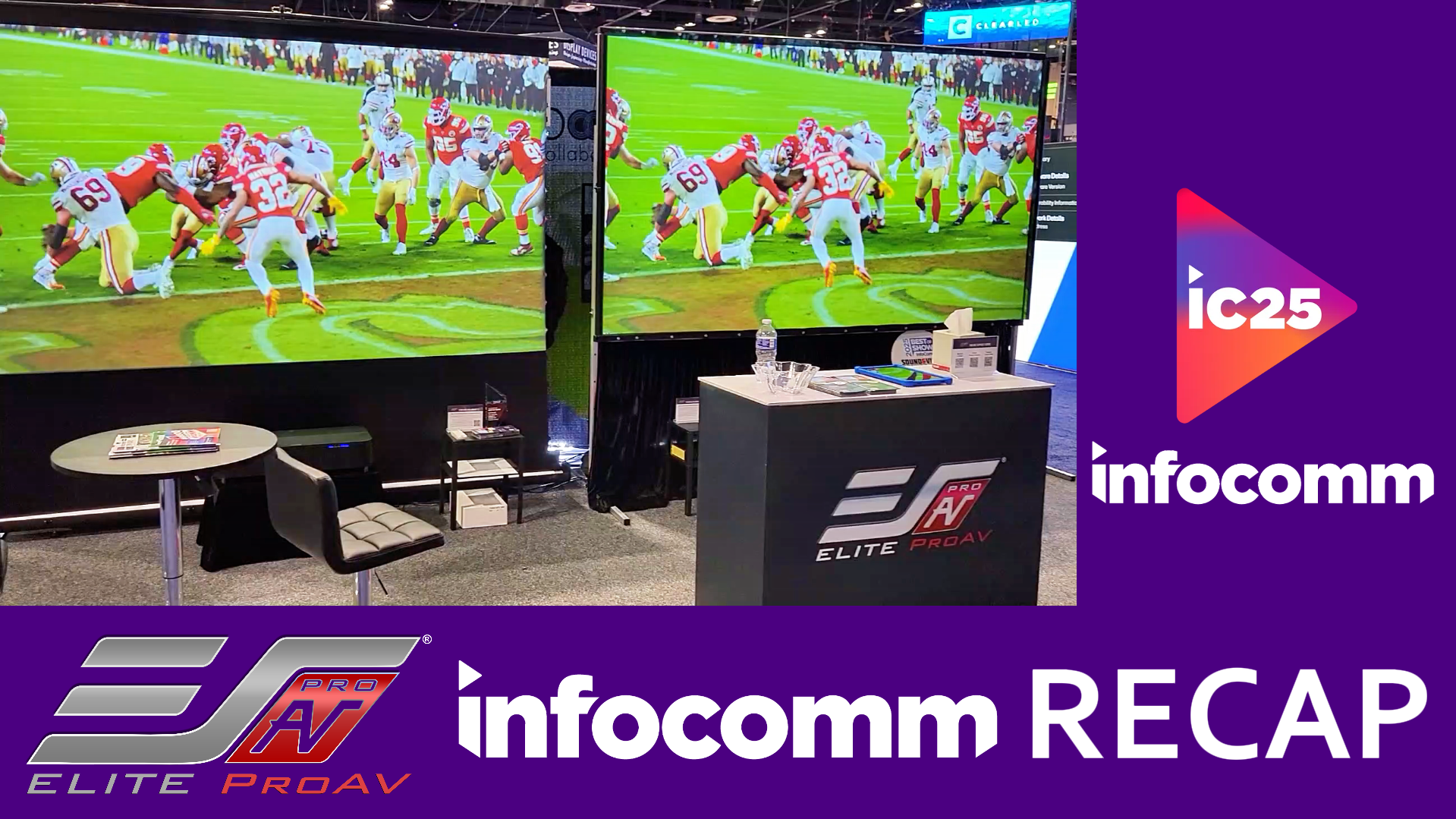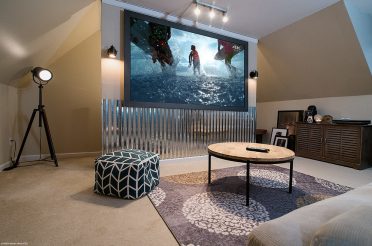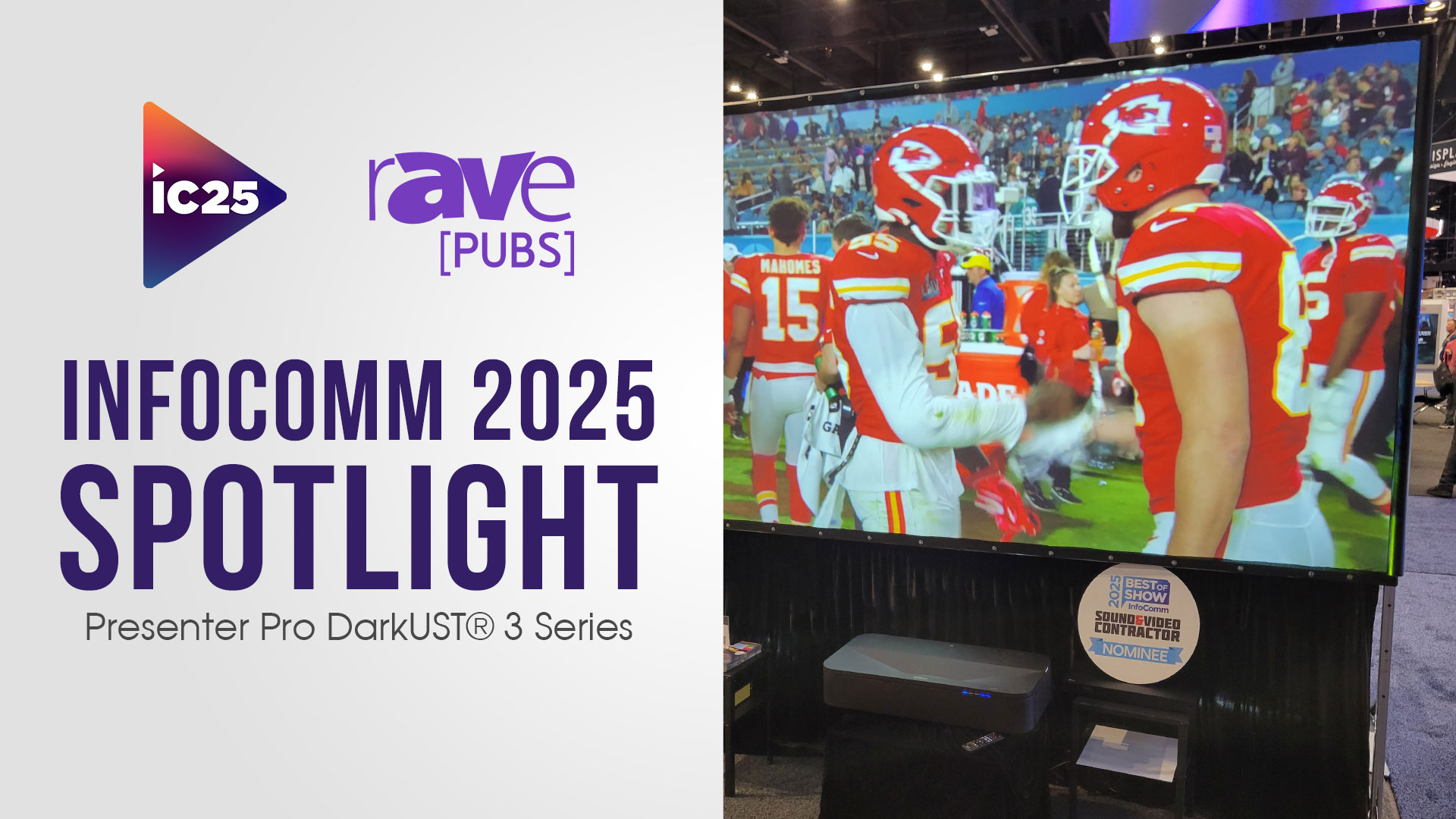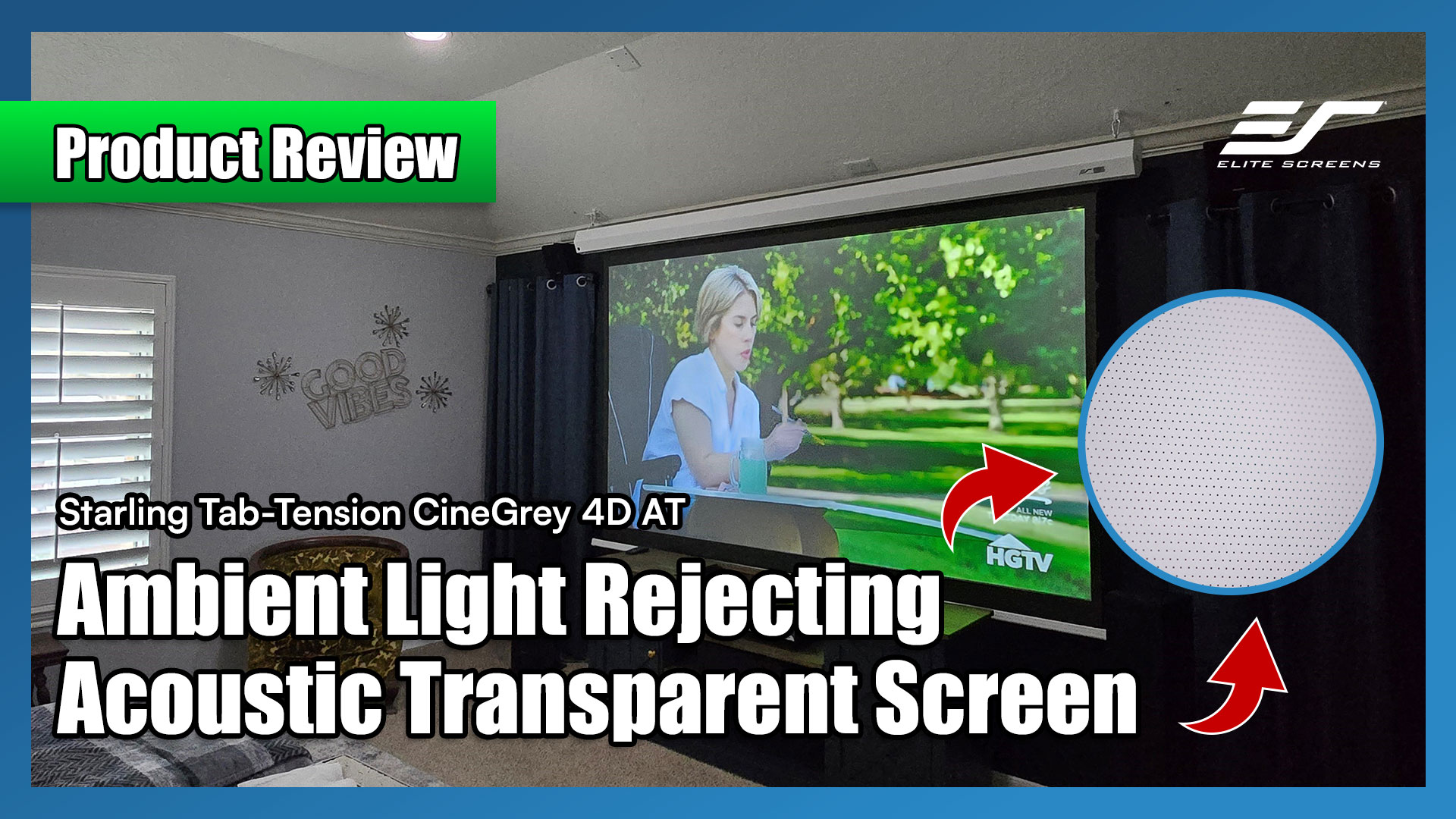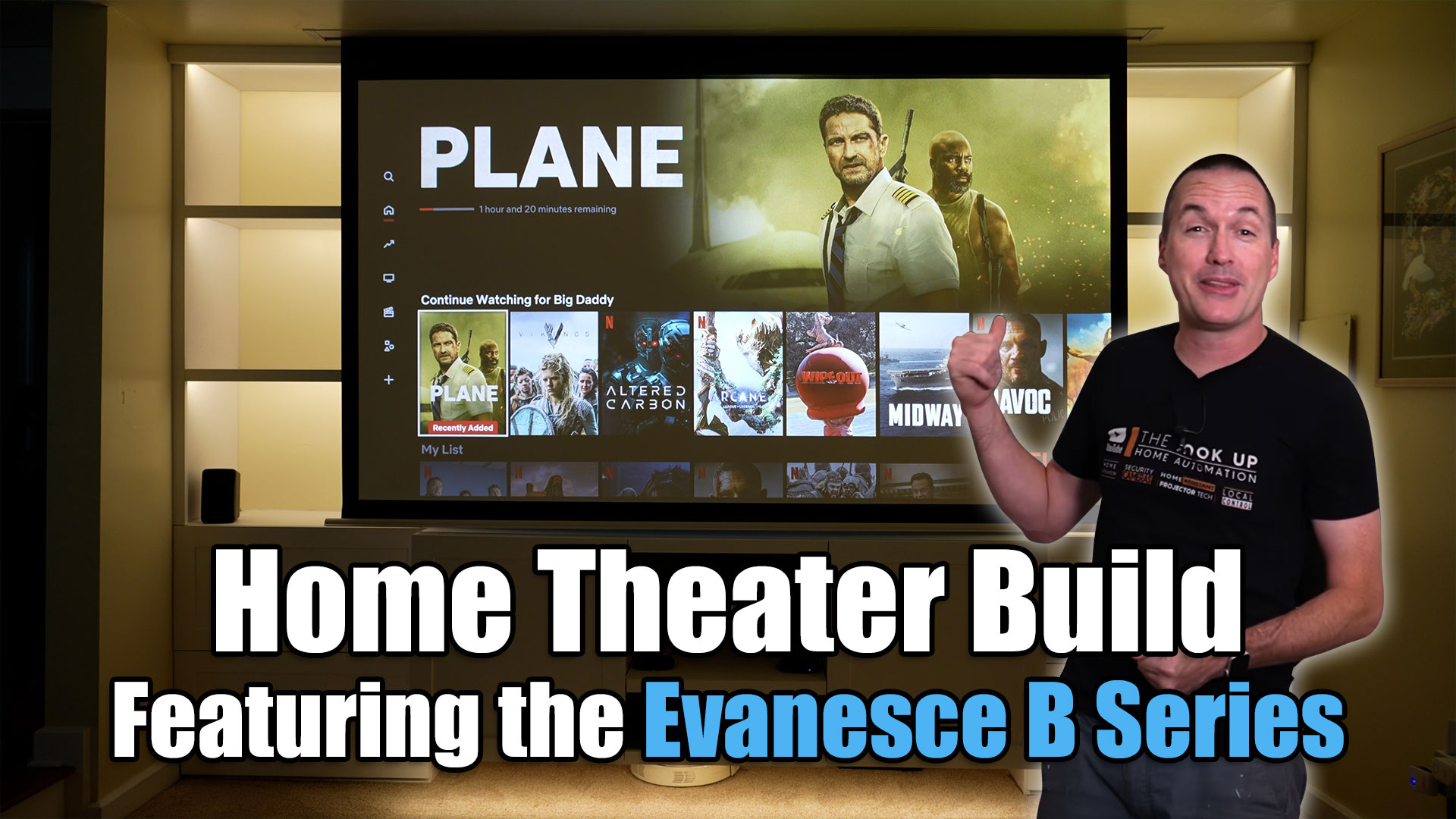Here is a great discussion that compares matte white (most common material), with matte grey (enhances black/white dynamic range in low light environments), and CineGrey 3D (ISF certified ambient light rejecting projection material.
- Video – How to Select a Projection Screen Material:
https://elitescreens.com/elitetube/Selecting_a_screen_material_for_my_home_theater_cc_720.mp4
*The discussion below is based on actual chat transcripts with the omission of any personal/confidential material to protect the customer’s privacy. An example in this case is to change the contact’s identification name/number to “Customer” or a generic name.
Transcripts:
- [16:41] Rick: Hello, how may I help you.
- [16:41] Steve: Hi trying to decide on what type of screen to buy from you White or Grey? Any advice?
- [16:42] Rick: Are you referring to the standard grey or the ambient light rejecting grey?
- [16:43] Steve: Not sure, this will be in a multipurpose room with one window
- [16:44] Rick: Okay, are you able to block the window with blinds to have more control of the light.
- [16:44] Steve: Yes on the blinds. I have light control.
- [16:44] Rick: Also are you looking for a fixed-frame or motorized screen?
- [16:45] Steve: Fixed, 100 inch with an Epson 2150 projector
- [16:46] Steve: I am looking at this Elite Screens Aeon, 100-inch 16:9, 4K Home Theater Fixed Frame EDGE FREE Borderless Projection Projector Screen, AR100WH2
- [16:52] Rick: Okay, I will recommend our CineGrey 3D, this material is ambient light rejecting. it will work great with some light in the room also in dark rooms. the grey material helps enhance contrast and provide a balance in the darks and light scene. the model is ER10DHD3. Here is the difference on each: Matte white is the basic universal material, it’s good but ambient light may wash out the image. Matte Grey works well in a dark room but it was made for older projectors that don’t have the dynamic range of black/white levels and the effects that has on color contrast. The Cinegrey 3D that I mentioned is ISF certified as a world-class performing material for brightness, color, contrast, black/white dynamic range and presents a fantastic picture in a dark room or with bright interior room lighting. Here is a video on selecting projection materials – https://elitescreens.com/elitetube/Selecting_a_screen_material_for_my_home_theater_cc_720.mp4
- [16:54] Steve: Thanks!
- [16:54] Steve: Is the 90-degree viewing angel limiting?
- [16:55] Rick: Yes, if you are seated too far off-axis (beyond the view angle) you will experience a dim image since the material is angular reflective. A matte white material provides a 180 degree viewing angle but the tradeoff is that it does not do well in a bright room.
- [16:57] Rick: for the standard grey is 160
- [16:57] Rick: less restricting since is not angular reflective.
- [16:58] Steve: Excellent. Thanks for the clarification.
- [16:58] Rick: Thank you for choosing Elite Screens.
